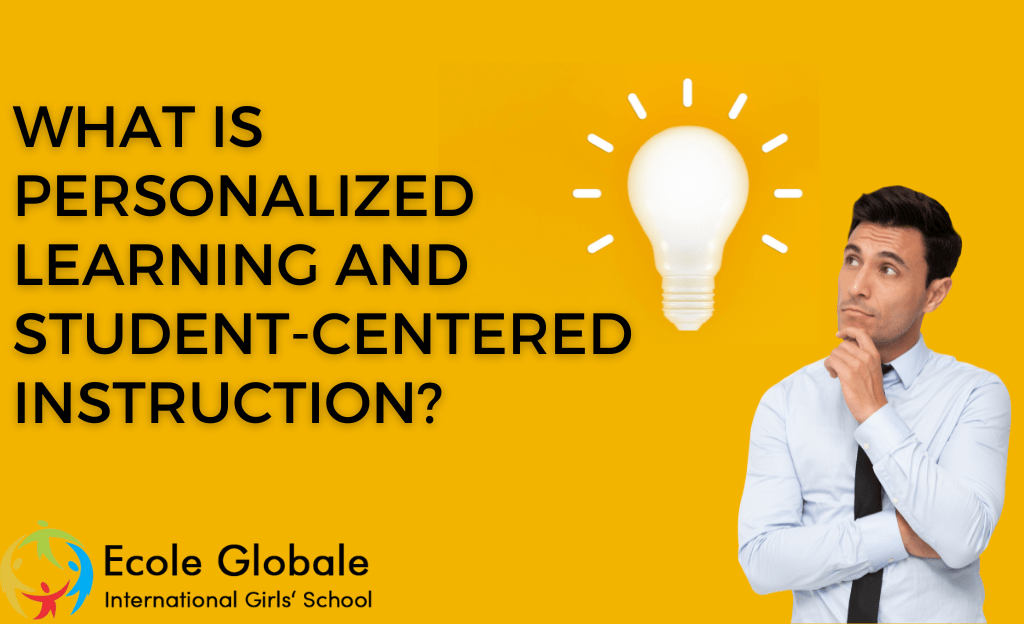Many educational institutions now seek to personalize learning and design their classroom environments in a student-centered manner. These are exciting developments for education and quite positive steps toward improving the quality of education received by students.
In the face of such intense challenges, and in addition to inspiring teachers to be more creative in how they use technology, educators must also move beyond a one size fits all approach to education. A personalized approach to learning is needed to prepare students for a competitive world and their unique interests and goals. At the heart of educational success is student-centered instruction.
Personalized learning
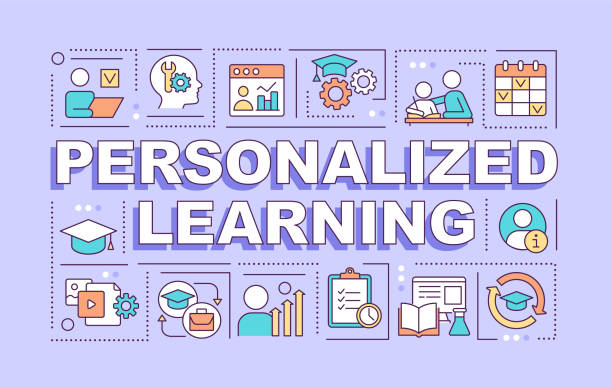
There is no one size fits all education solution. Each student learns differently. Students should be encouraged to guide their learning and meaning in what they are learning. Personalized learning is a pedagogical approach that places students at the center of the learning experience. It aims to provide each individual with a unique learning journey that reflects their needs, interests, goals, and their strengths, and weaknesses.
Personalized learning is a learning strategy that aims to meet the needs of each learner. It is differentiated instruction, but it goes one step further by addressing the specific needs of the learner. Itg= aims to help students meet their full potential. It creates an environment where students can learn how they want and at their own pace.
One of the main benefits of this approach is that it allows learners to take ownership of their learning, which helps them develop self-confidence and self-awareness. It not only helps them improve academically but also boosts their emotional well-being. Personalized learning is not new and has been around for centuries in one form or another. But there has been a surge in interest in this approach to education because of its potential to eliminate many of the problems associated with traditional teaching methods (e.g., memorization).
- Personalized learning starts with the learner.
- Personalized learning is an individualized approach to learning.
- Personalized learning is driven by student choice.
- Personalized learning builds on students’ interests and needs.
Every student has unique talents and interests that they bring into the classroom and personalized learning allows them to pursue those interests while they learn.
Student-centered learning
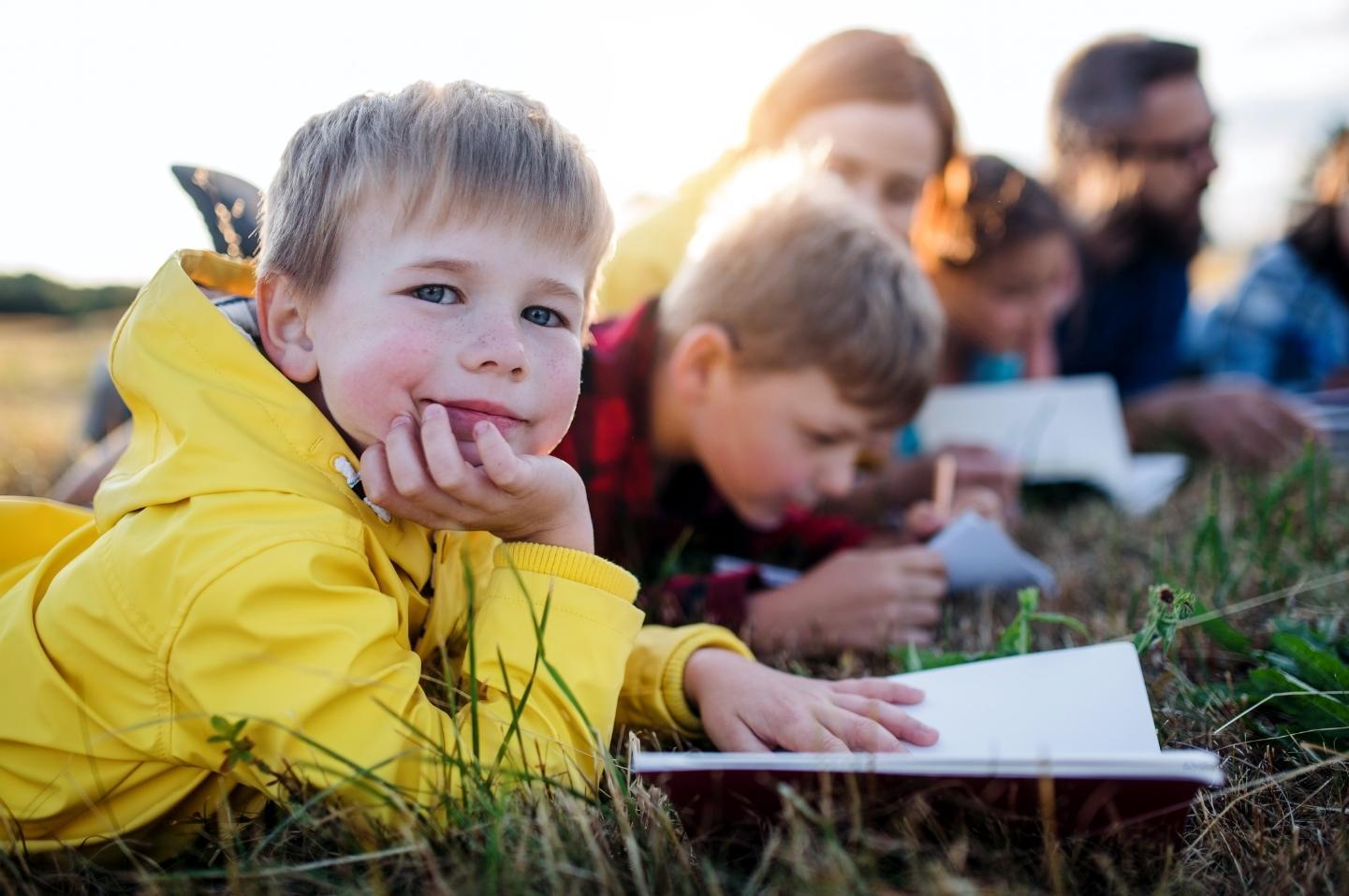
Personalized learning and student-centered instruction are two terms that describe a similar set of concepts. Both refer to the idea that students learn differently and have different needs, so teachers should adjust their teaching style to meet these needs.
Student-centered instruction, on the other hand, refers to any approach that puts the learner at the center of the learning experience. It may include providing students with opportunities for self-directed inquiry or project-based activities to foster curiosity, creativity, and critical thinking skills.
The shift from teacher-centered to student-centered instruction is now a reality, and it’s having a profound impact on how organizations teach people how to do things differently.
It allows each student to progress at their own pace while still achieving common objectives with other learners in the class. This approach ensures that all students can meet curricular standards even if they learn at different rates or have different strengths and weaknesses.
Ways to implement personalized and student-centric learning
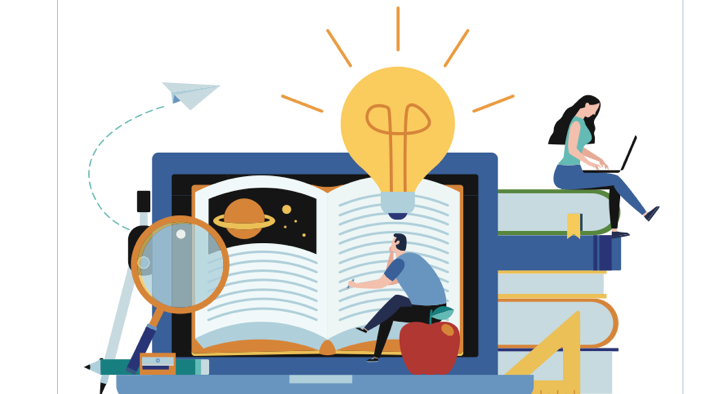
Personalized learning and student-centered instruction are hot topics in education today. Students are more engaged, motivated, and successful when they can learn at their own pace.
But how can we make this happen in the classroom? There are several strategies that teachers can use to ensure that every student has an opportunity to succeed.
Here are a few ideas:
- Set goals based on the needs and interests of each child
Students learn best when they know why they’re learning something, so teachers need to understand what each student needs from their education. Teachers can then use that information to set goals for each student as part of an overall curriculum plan for the class.
- Use technology to individualize instruction
Technology allows students to learn at their own pace while still getting feedback from teachers who can monitor them remotely using the software.
Technology can help teachers provide content and assignments tailored to the individual needs and learning styles of each student. It allows students to work at their own pace and provides opportunities for collaboration and peer-to-peer learning. The technology can also be used to assess how well students understand the material based on their responses to questions that are presented in different ways.
This type of assessment provides teachers with invaluable information about how well their students are grasping the concepts being taught.
- Invite students to take ownership of the classroom and their learning.
You can encourage students to use technology to conduct research or collaborate with classmates online. This allows them to do independent research while also making connections with other people from different schools around the world.
It gives students a chance to go back over material they’ve already learned if they didn’t understand it at first (which often happens with maths concepts). They can also go back over something difficult for them but easier for someone else in the class – this helps them feel successful instead of frustrated, which leads to better performance overall on other assignments later on down the road.
- It requires teachers to be flexible and co-constructors of knowledge.
.This means that teachers must work with students’ interests and needs if they want them to learn effectively through this method. Teachers must shift from being the “sage on the stage” who talks about content without interacting with students, to becoming facilitators of learning who help students develop skills necessary for independent learning.
- A personalized learning environment may include the following elements:
- A diverse range of resources for independent research and study including online databases, online tutorials, and educational videos;
- A range of assessment tools including quizzes, tests, peer feedback, and rubrics;
- Adaptive e-learning software that tailors lessons according to each student’s progress;
Advantages of personalized and student-centric learning
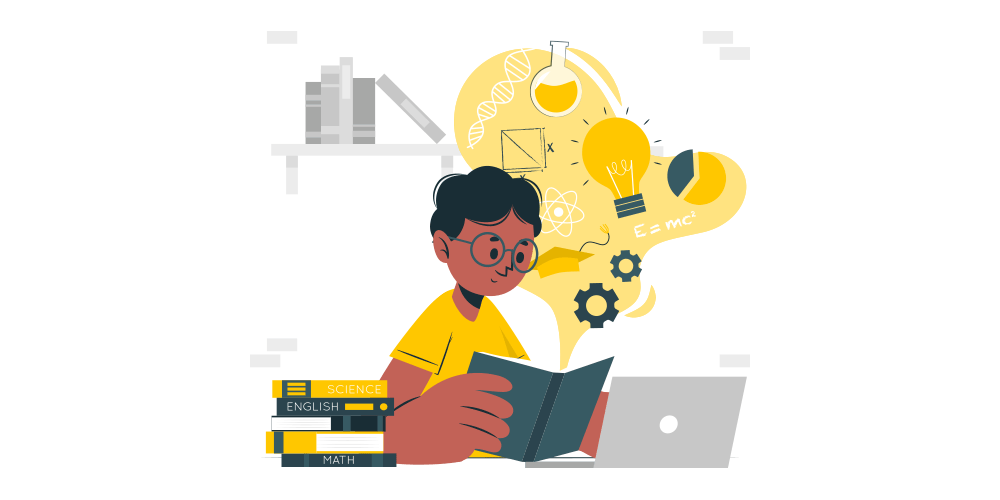
Students who receive personalized instruction are more engaged in class activities because they feel like their teacher cares about them as individuals. They are also more likely to complete assignments because they understand how it relates to their overall goals (rather than just completing an assignment for the sake of doing it). Students who are engaged in their learning are more likely to retain information longer than others.
In addition to creating individualized curricula, personalized learning also involves providing students with opportunities for hands-on experience in their fields of interest through internships or apprenticeships with local businesses or organizations related to their academic studies.
- It provides for learner choice.
- It is interest-based.
- It provides for the learner’s voice.
- Customized learning
- Independent learning
Conclusion
Personalized learning is a way for students to learn in ways that work for them, but it does require teachers to do things differently too. The traditional model of education is based on a one-size-fits-all approach. Teachers tend to teach in the same way, regardless of their student’s needs and backgrounds. As research conducted by the boarding schools in Dehradun, some students feel bored while others feel lost. And this is a major reason why so many people fail in school.
The answer lies in personalized learning and student-centered instruction. These two terms are often used interchangeably but they go hand in hand with each other and represent two different approaches to teaching and learning: one focuses on making sure everyone learns what they need; the other makes sure that each student learns at their own pace and according to their own interests.






